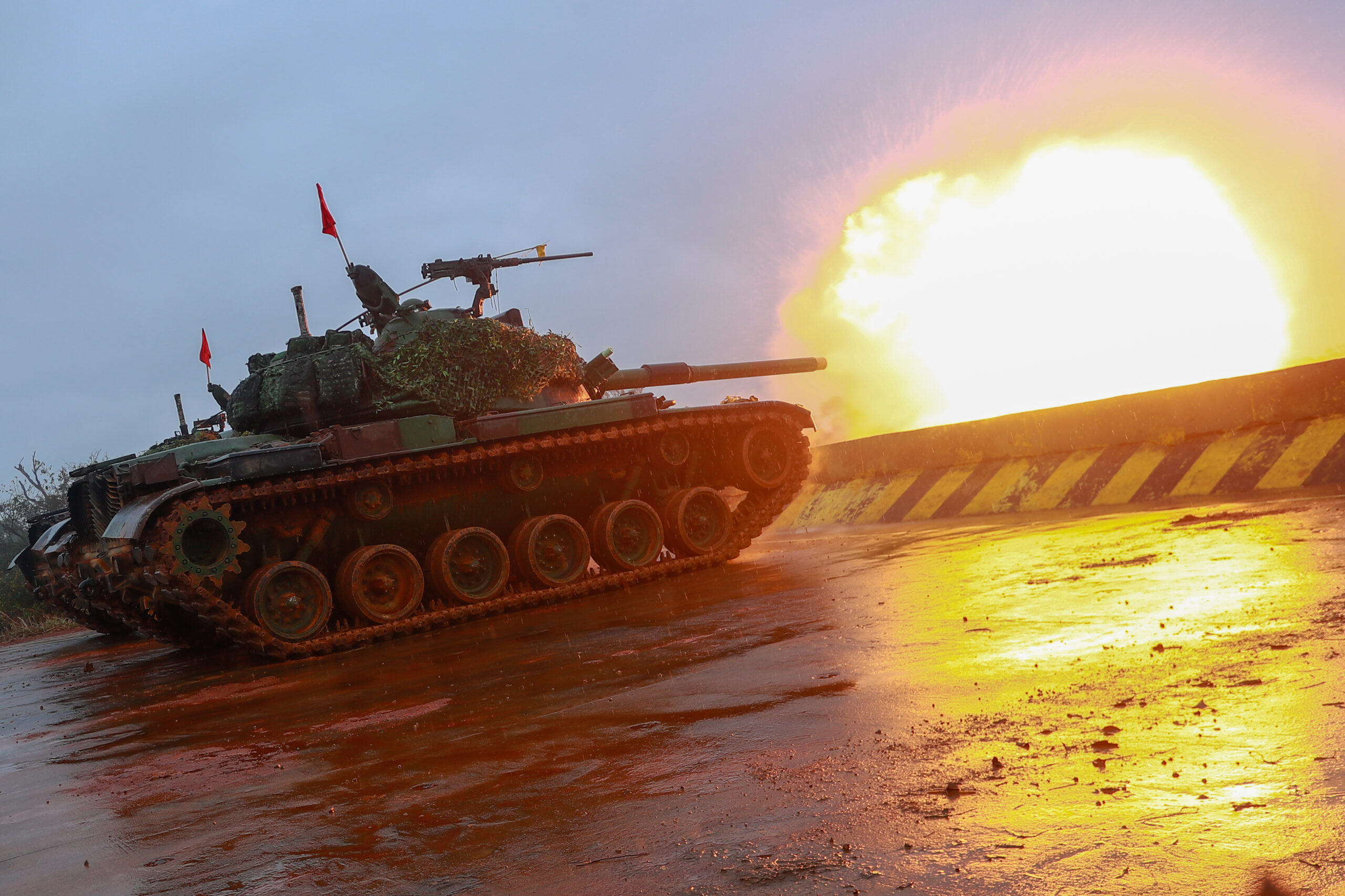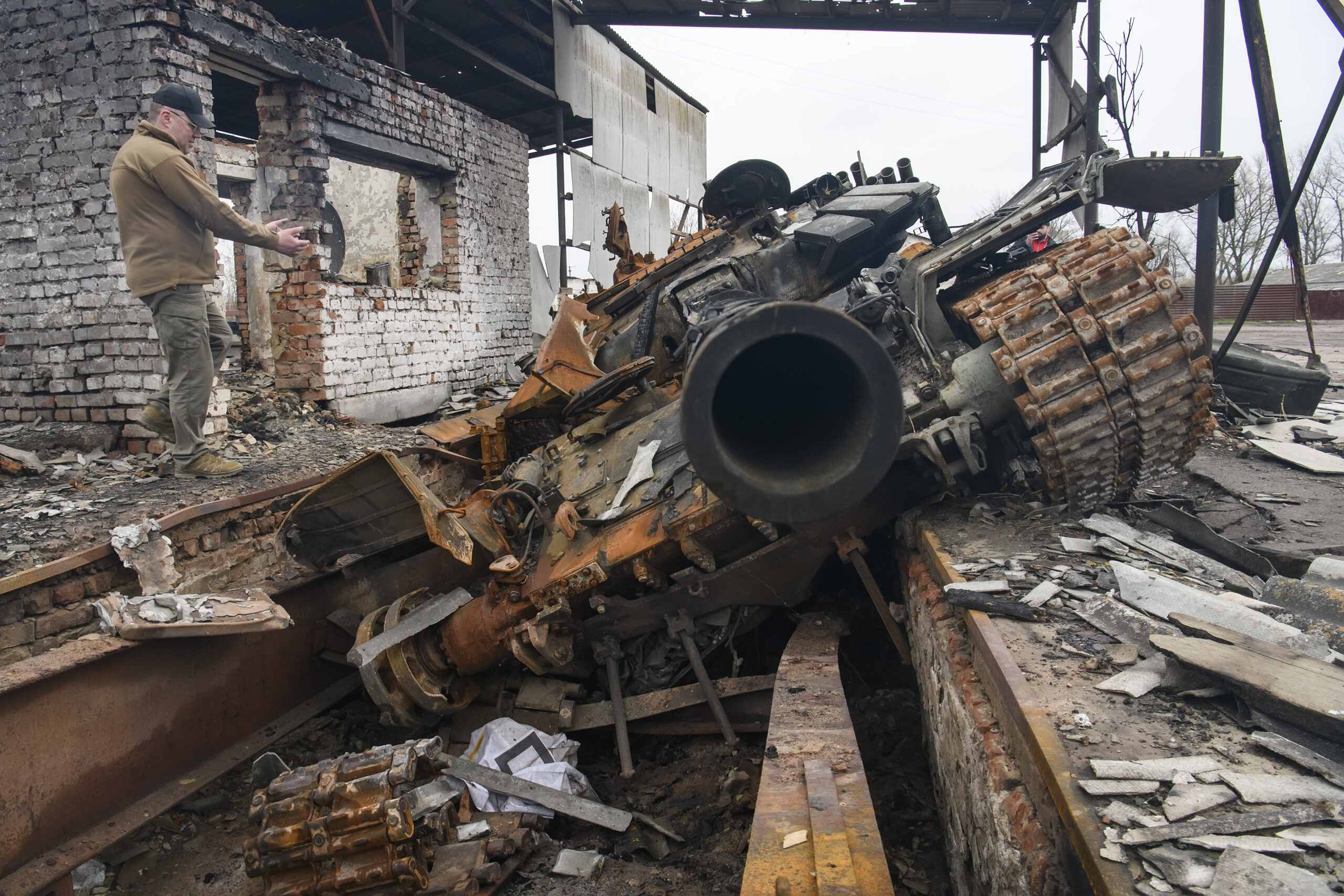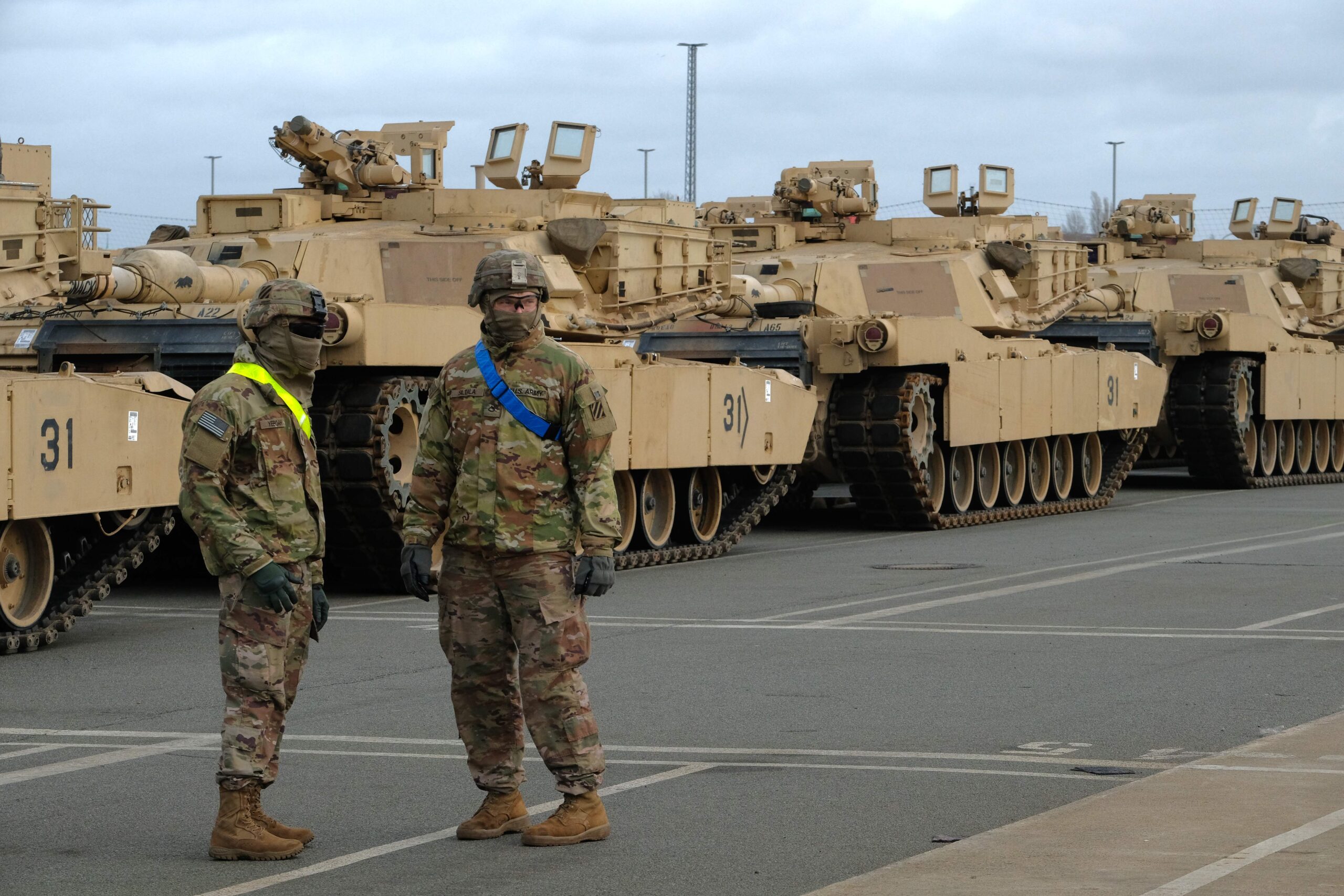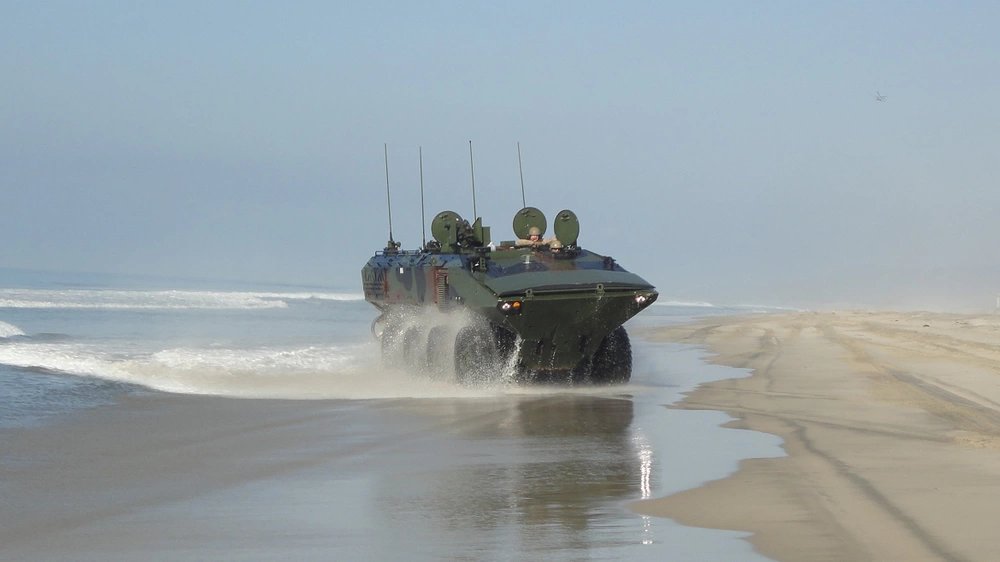The three-star general overseeing the Marine Corps’ effort to reinvent itself was blunt in his assessment of why the Corps divested itself of tanks.
“I just don’t see any need” for tanks in the Indo-Pacific region, Lt. General Karsten Heckl, the Marine Corps’ Deputy Commandant for Combat Development and Integration, said Wednesday. “And when you look at an operating environment like the Indo-Pacific, where do you see tanks playing out? Taiwan? OK. Where else?”

Heckl, the Marine Corps’ Deputy Commandant for Combat Development and Integration, is the point man for Commandant Gen. David Berger’s controversial Force Design 2030 plan. First developed in March, 2020, it calls for a realignment of the Corps away from the land force it had been used as during the past 20 years in Afghanistan and Iraq back to its naval warfare roots.
You can read our full report on those changes here.
The idea is to be able to better counter China in the vast Pacific, by deploying small, nimble forces able to hop from remote island to remote island or operating in highly contested sensor-rich littorals without being easily spotted and targeted. Yet one of the biggest criticisms of Force Design 2030 has been the elimination of the Marine tank forces.
But Heckle told a virtual panel held by the Center for International and Strategic Studies and the U.S. Naval Institute that the current situation in Ukraine justifies Berger’s decision.
Hundreds of Russian tanks have been obliterated or captured by Ukraine forces. Many more simply ran out of gas because of poor Russian logistics.
“You know, the cathartic event for the Marine Corps was when we got rid of tanks,” Heckl said. “Tanks are – as you saw with the Russian invasion of Ukraine, any armor is a massive consumer of fuel. We learned long ago in Iraq and Afghanistan that fuel trucks on the road immediately became the target. We got to find ways to lessen our dependence because it is now a weakness, right? It has become a significant vulnerability.”

So not having to rely on gas-guzzling, easy-to-find tanks is part of what makes a forward-deployed, light and agile, ‘stand-in’ force concept work, said Heckl. Especially when it is designed to operate in small numbers, in austere areas, across vast swaths of the Pacific to frustrate Chinese operations.
Instead, the Marine Corps’ plan for tanks relies heavily on the Army for support.
“We have sufficient evidence to conclude that this capability, despite its long and honorable history in the wars of the past, is operationally unsuitable for our highest-priority challenges in the future,” Berger wrote in his initial Force Design 2030 document. “Heavy ground armor capability will continue to be provided by the U.S. Army.”

The Marines’ prior use of tanks, Berger noted, was part of capabilities “designed with different assumptions regarding threat and environment.”
Those capabilities – tanks among them – were something the Marines “over-invested in,” Berger wrote.
During his talk on Wednesday, Heckl noted that “even in our heyday our tank force was dwarfed by the Army.”
And moving to the future, as the Marine Corps examines its role in the joint force, there are better options.
Berger, said Heckl, “openly acknowledges that within a joint force, how does the Marine Corps fit? And I wholeheartedly agree with him that tanks isn’t part of it.”
That’s what the Army is for, he intimated.
“I’m not a grunt, right?,” he said. “So when you talk to infantry officers, several have told me that you really want a tank in an urban fight. OK. Blows holes in walls, right? If we get into a scenario like that, again, within the joint force, when armor is needed it’ll be there.”
Besides, he said, the Marines developed their own vehicle that can make things go boom. It’s the 8×8 wheeled amphibious combat vehicle, designed to replace the ill-fated Amphibious Assault Vehicle (AAV). The aging AAV’s were banned from going into the water in the wake of a July 30, 2020 mishap that resulted in the deaths of eight Marines and a Navy sailor.

“The ACV is much more – very survivable,” said Heckl. “You know, very mobile. We’re looking into the possibilities of making something called a Mod 30, with a 30-millimeter cannon on it. I think that will blow a pretty good hole in walls.”
That, combined with the long-range precision fires that “we can use to strike in an urban environment, could change the calculus a little bit,” said Heckl.
But the debate over the Marine Corps’ tank divestiture is not over. Whether the Army can provide the armor support the Marines may one day require remains to be seen.
Nor is the role of the tank on the battlefield writ large yet settled.
A thorough after-action examination of all the factors that went into Russia’s tank troubles will help provide a clearer picture.
Was it Russia’s lack of combined arms coordination, poor logistics, aging countermeasures, and bad training and maintenance the main reason why hundreds of its tanks are out of action?
Was it the skill of Ukrainian defenders, taking advantage of narrow kill zones, drones, and thousands of anti-armor systems flowing into Ukraine, like the shoulder-fired Javelin, that made the tank a bad place to be for Russians in Ukraine?
Some combination?
We will be exploring this and the Marines’ decision to dump their heavy armor in the near future.
Stay tuned.
Contact the author: howard@thewarzone.
